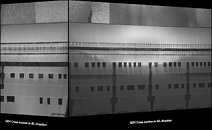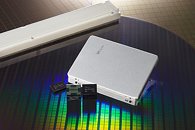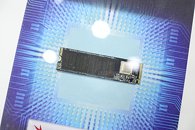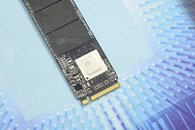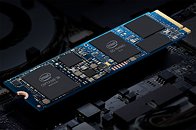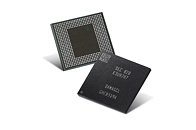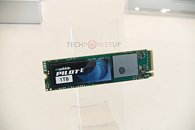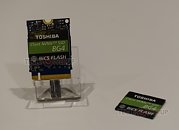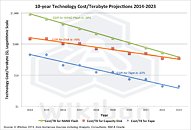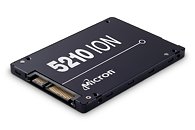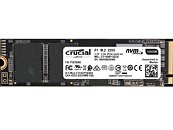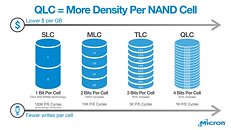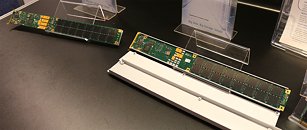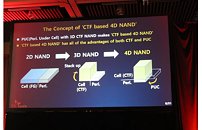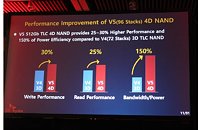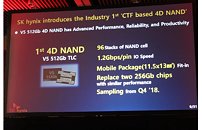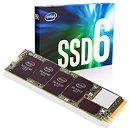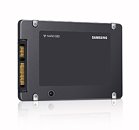
Intel Shares New Roadmap for Optane, NAND, Including 144 Layer QLC and TLC
Intel today at a press event in South Korea announced their plans for future product launches in the memory spaces. Optane is the name of the carriage Intel is pulling here - there's no novelty about that - and the company will be pushing a second generation release of Optane enterprise SSDs and Optane DC Persistent Memory modules. Most interesting for us down-to-earth PC enthusiasts, though - the market launch of 144 Layer QLC NAND in 2020, which should bring even lower pricing to NAND-based devices. Later, the company also plans to launch 144 layer TLC NAND solutions.
The new Optane modules apparently make use of first-generation 3D XPoint memory still - the love child of the now defunct Intel-Micron partnership. Intel's new Optane DC Persistent Memory products will materialize in codename Barlow Pass modules, with a release window around the likes of Cooper Lake (14nm) and Ice Lake (10nm) server processors scheduled for 2020. It seems that Intel's only consumer solution based in Optane - the Optane Memory H10 two-in-one SSD - is a lonely child effort which won't be joined by the previously-planned Optane Memory M15 (a dedicated cache drive for systems with mechanical-based storage, which are already on their way out) and Optane SSD 815P (which would only offer 118 GB of storage, clearly too little for current data storing trends in the overall market.
The new Optane modules apparently make use of first-generation 3D XPoint memory still - the love child of the now defunct Intel-Micron partnership. Intel's new Optane DC Persistent Memory products will materialize in codename Barlow Pass modules, with a release window around the likes of Cooper Lake (14nm) and Ice Lake (10nm) server processors scheduled for 2020. It seems that Intel's only consumer solution based in Optane - the Optane Memory H10 two-in-one SSD - is a lonely child effort which won't be joined by the previously-planned Optane Memory M15 (a dedicated cache drive for systems with mechanical-based storage, which are already on their way out) and Optane SSD 815P (which would only offer 118 GB of storage, clearly too little for current data storing trends in the overall market.


